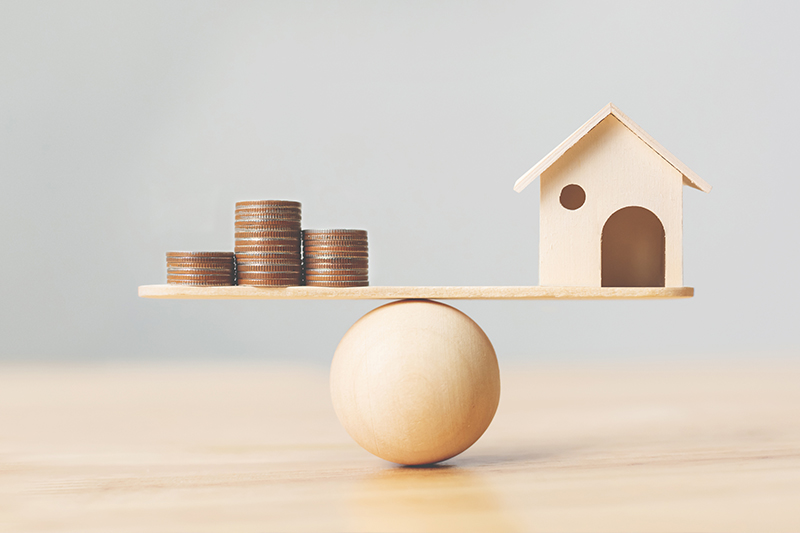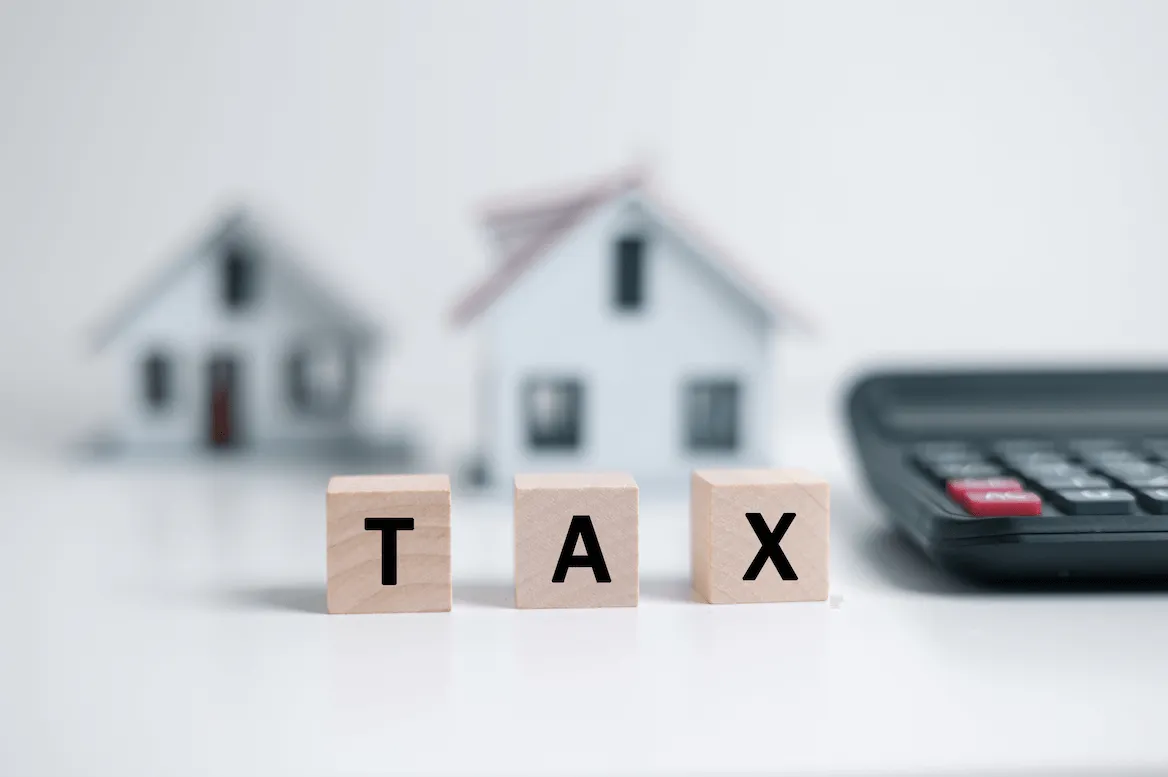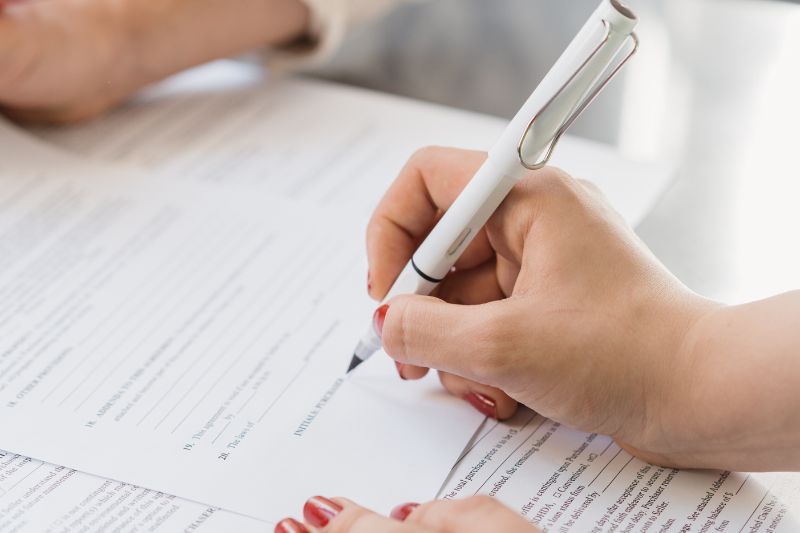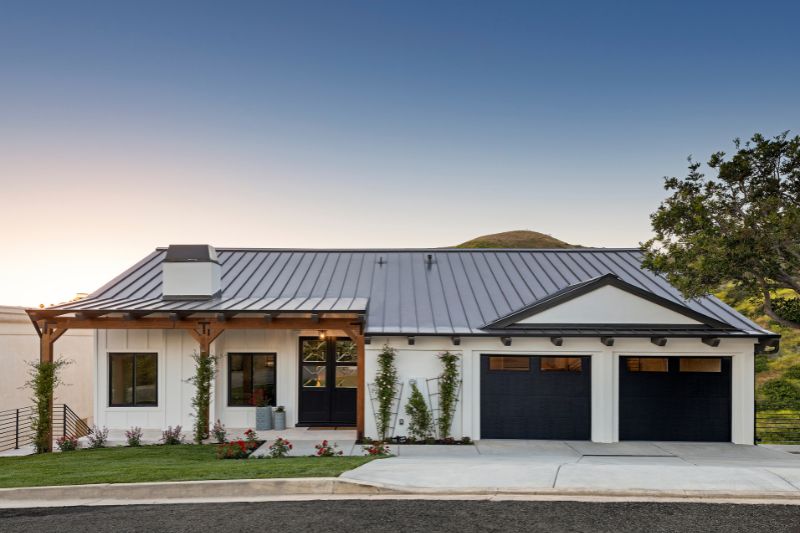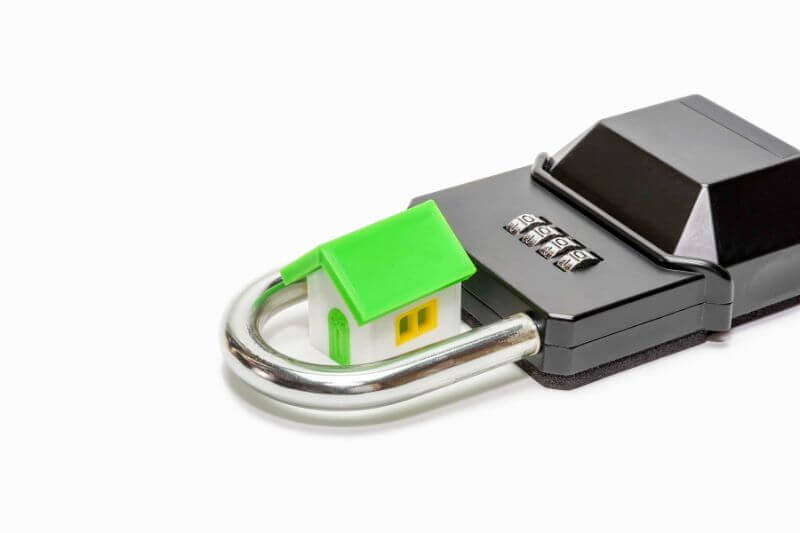Quick Highlights:
- In relation to a variable rate mortgage, a “fixed payment” means that the borrower’s payment amount never changes, regardless of changes to (Prime and variable) interest rates.
- Trigger Point is the threshold that is reached when the Prime Rate has increased to a rate where the borrower’s entire fixed payment no longer covers the interest owed on the mortgage. The Trigger Rate is the actual value or rate at which the Trigger Point occurs; it may be different across all mortgages, depending on the amounts of the fixed payment and total loan.
- A borrower who reaches his Trigger Point will be required to take action to ensure that appropriate (re)payment can be made to the lender.
Blended Payments (P+I)
As repayment of a loan, a borrower makes regular payments to his lender. Under most mortgage agreements, payments are most often blended, meaning that part of each borrower’s payment is applied firstly to interest and secondly to principal. With each subsequent payment, a higher amount is increasingly applied toward principal (with less being applied to interest) until the entire loan is paid off. For borrowers who have variable rate mortgages, the rate of interest can change during the term based on the bank’s posted Prime Rate. This means that if the borrower’s rate increases, his monthly payment amount should increase to correspond with the increased interest rate and ensure that the payments are still applied to principal and interest in consistent, proportional increments.
Comparing Payments When Prime Changes
Below is an example showing changes to monthly mortgage payments as a result of Prime Rate changes. The example is based on a loan of $500,000, with monthly blended payments and an amortization of 25 years.
Payment increase: $121.70 more / month
Payment decrease: $148.93 less / month
“Fixing” Payments, Despite Changing Rates
For budgeting purposes, some borrowers will elect to “fix” or “lock-in” their monthly payments. This means that if the interest rate changes, the borrower still makes the same payment. The consequence is that the amount of the payment that is applied to interest vs principal is changed. In the event the Prime Rate decreases, then more of the borrower’s payment will be applied to Principal (which is great because it reduces the amortization). However, if the Prime Rate increases, then more of the borrower’s payment will be applied to Interest (which means the borrower’s amortization could be extended because the borrower is no longer paying off the Principal of the loan pursuant to the expected schedule).
The Trigger Point is the threshold that is reached when the Prime Rate has increased to a rate where the borrower’s entire (fixed) payment no longer covers the interest owed on the mortgage. This means that the mortgage (principal) is not being paid down and, instead, the outstanding interest starts to snowball and the amount owing starts to actually increase. Thus, the Trigger Rate is the actual rate at which the Trigger Point occurs; it is different for every mortgage and most lenders advise the borrower of the rate before the mortgage is secured.
If a borrower reaches the Trigger Point, the borrower will have the option to either (1) “unfix” their payments, increasing the amount being paid monthly so that payments cover P+I, or (2) make a lump-sum cash payment (which results in a recalculation of the blended payment ratio), or (3) refinance in order to obtain a new mortgage with different – more affordable – conditions.

